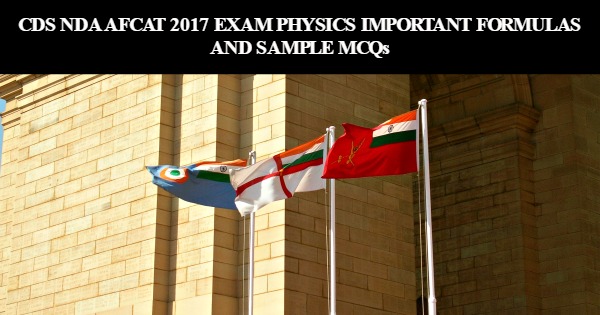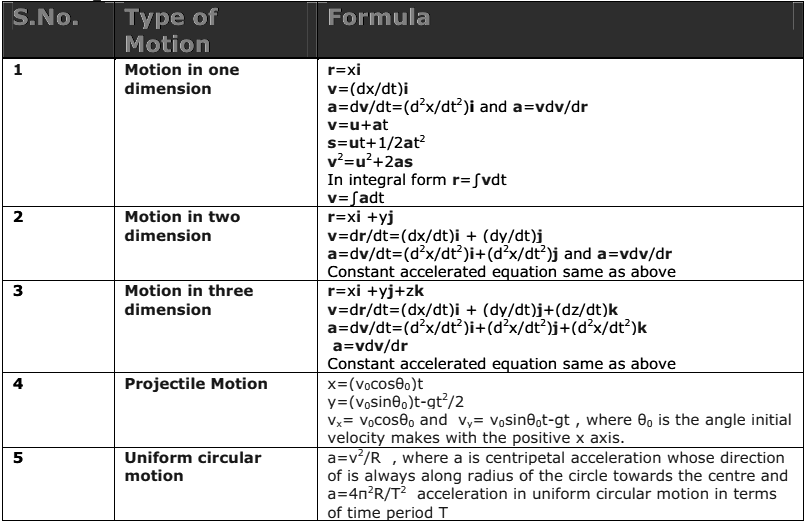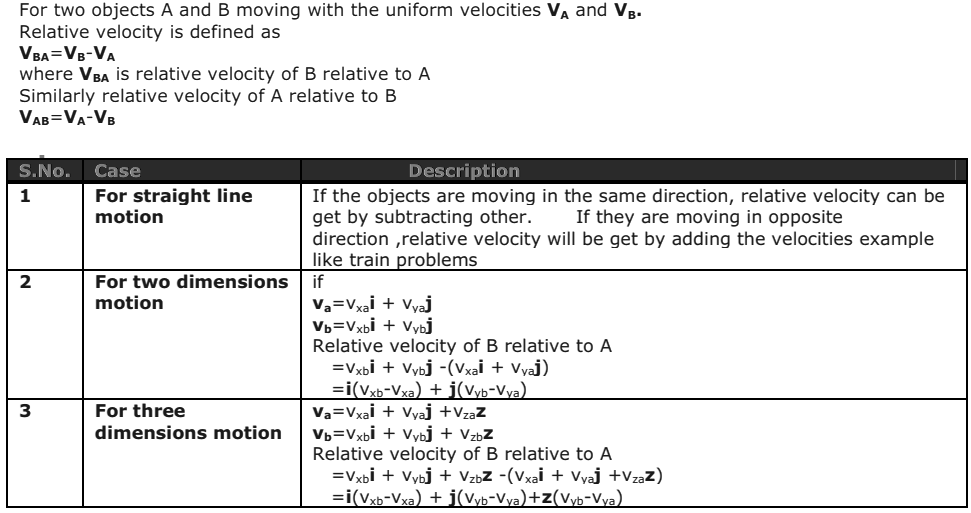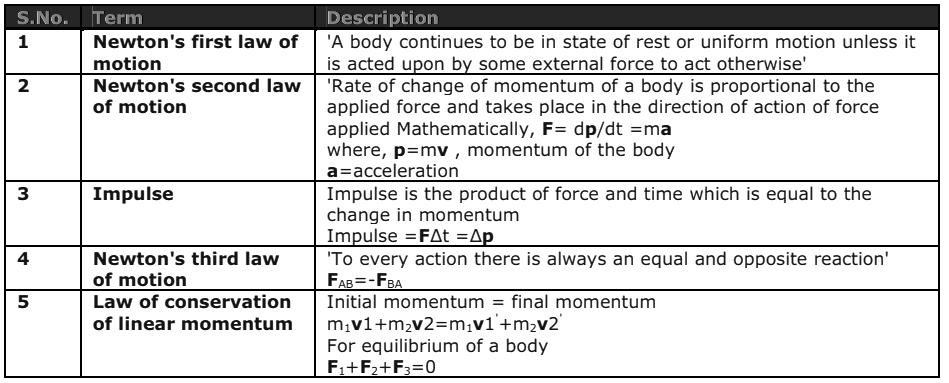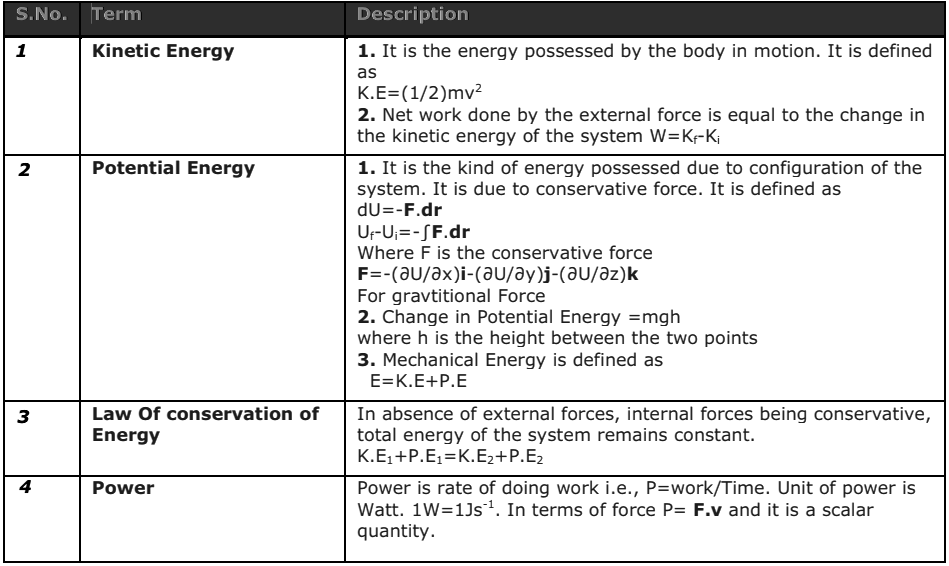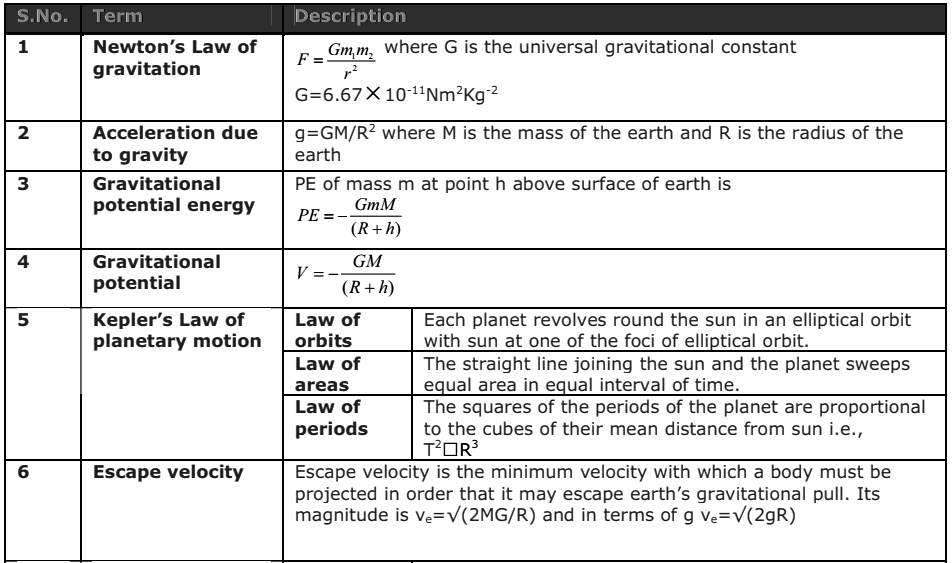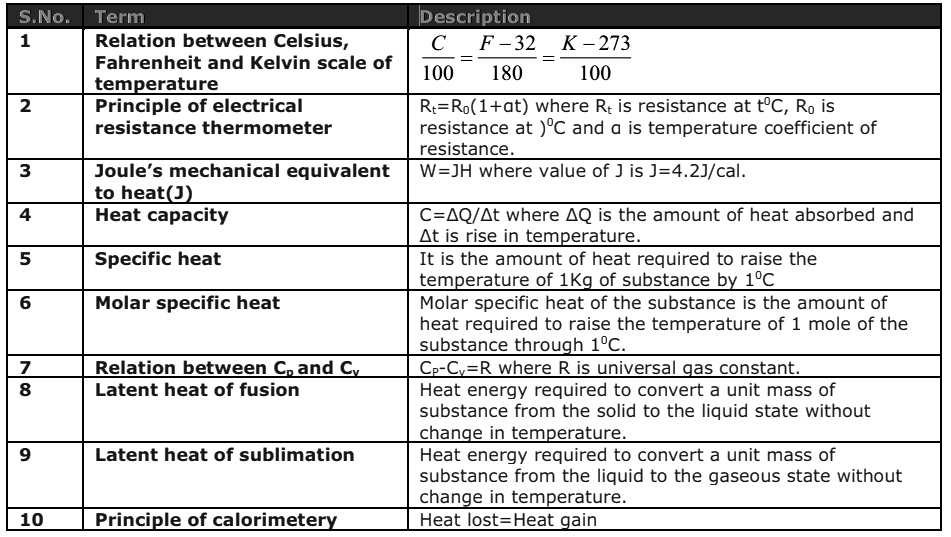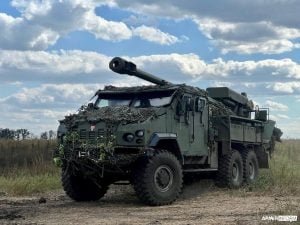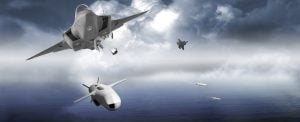Defence entrance exams such as NDA entrance exam or AFCAT entrance exam or CDS entrance exam have physics section common in their syllabus, in this article we will see some important topics that defence exam appearing aspirants must prepare also we are sharing CDS NDA AFCAT Exam Physics Important Formulas And Sample MCQs for year 2017.
CDS NDA AFCAT 2017 Exam Physics Important Formulas And Sample MCQs
Must Prepare Topics Of Physics Section
Physical Properties and States of Matter, Motion of objects, Velocity and Acceleration, Newton’s Laws of Motion, Force & Momentum. Measurement of temperature and heat, change of State & Latent Heat. Propagation of light, reflection and refraction. Static and Current Electricity, conductors and Nonconductors, Ohm’s Law, Simple Electrical Circuits, Heating, Lighting and Magnetic effects of Current, Measurement of Electrical Power. General Principles in the working of the – Simple Pendulum, Simple Pulleys, Siphon, Levers.
Physics Important Formulas
1. Kinematics Formulaes
i,j,z are unit vector along x,y,z axis.
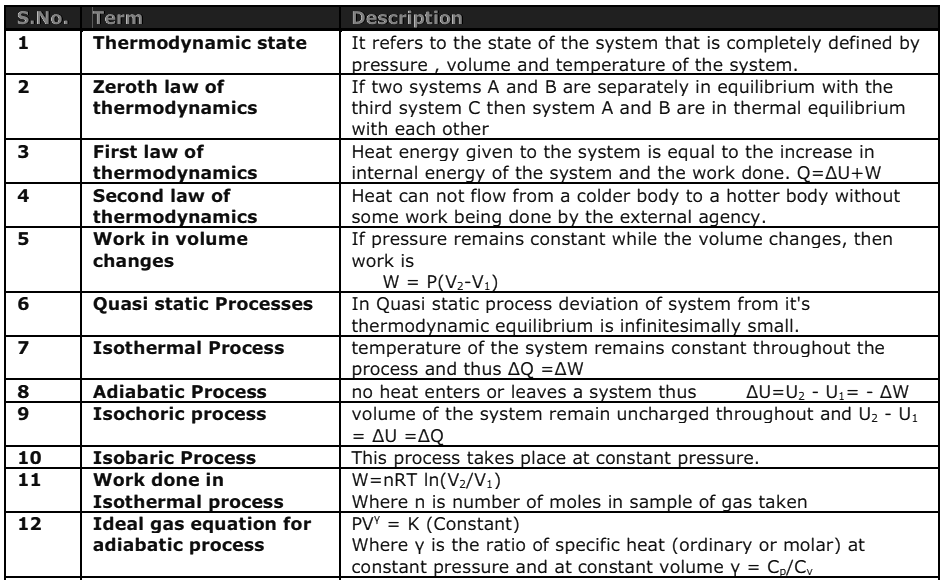 Physics Sample Questions
Physics Sample Questions
Q. The force of gravity on a body varies slightly from place to place on the earth for two reason. (i) shape of earth and (ii) ?
1. the rotation of the earth
2. the circumference of the earth
3. the mass of the earth
4. All of these
Q. The weight of a body in a frame of reference is equal and opposite to the force required to prevent it?
1. from accelerating from rest in that frame of reference.
2. from providing a velocity equal to its instantaneous velocity,
3. from an elastic collision
4. from increasing its momentum.
Q. The resistance of a conductor increases for a given material at ‘constant temperature when?
1. its length decreases and thickness increases.
2. its thickness increases
3. its length increases
4. Its length increases and thickness decreases.
Q. A refrigeration system
1. rejects energy to a low temperature body
2. removes heat from a high temperature body and delivers it to a low temperature body
3. removes heat from a low temperature body and delivers it to a high temperature body
4. none of the above
Q. If we drop a ball in horizontal direction than its motion will no longer be straight downward but will be at some?
1. distance to the vertical.
2. angle to the vertical.
3. steps to the vertical.
4. height to the vertical.


